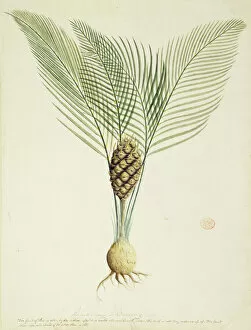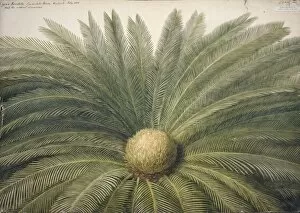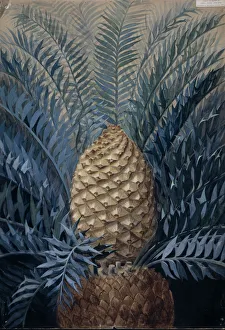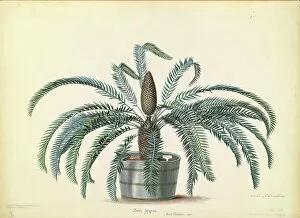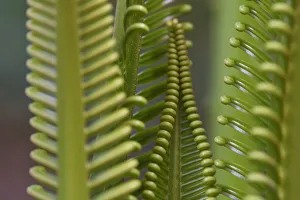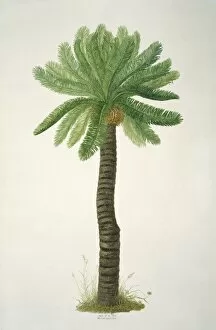Cycadopsida Collection
Cycadopsida, also known as cycads, are ancient and fascinating plants that have been around for millions of years
All Professionally Made to Order for Quick Shipping
Cycadopsida, also known as cycads, are ancient and fascinating plants that have been around for millions of years. They belong to the division Cycadophyta and can be found in various parts of the world. One example is Macrozamia communis, commonly known as burrawang palm. This species is native to Australia and features beautiful fronds that add a touch of elegance to any landscape. Another stunning cycad is Encephalartos horridus, also called Eastern Cape blue cycad. Its unique bluish-gray coloration makes it a standout among other plants, creating a striking visual contrast. Zamia pungens is another member of the Cycadopsida family worth mentioning. Native to North America, this plant has spiky leaves that give it an edgy appearance. Cycas revoluta, or sago palm, is one of the most well-known cycads globally. It's often used in landscaping due to its attractive foliage and ability to thrive in various climates. The Arayat pitogo (Cycas riuminiana) can be found exclusively in the Philippines at Botanic Garden Amsterdam. Its presence adds diversity and beauty to this botanical haven. In Raja Ampat, Western Papua (Indonesian New Guinea), you'll find breathtaking Cycad palm leaves gracing the landscape with their vibrant green hues. These leaves create a tropical paradise like no other. Fossils play an essential role in understanding plant evolution; Nilssonia kendalli showcases ancient cycads through its preserved frond fossils C016 / 4898. These fossils provide valuable insights into how these plants have evolved over time. Cycas media stands out with its nut-like appearance resembling a palm tree but belonging to the cycad family instead. Its unique characteristics make it an intriguing addition to any garden or collection.

